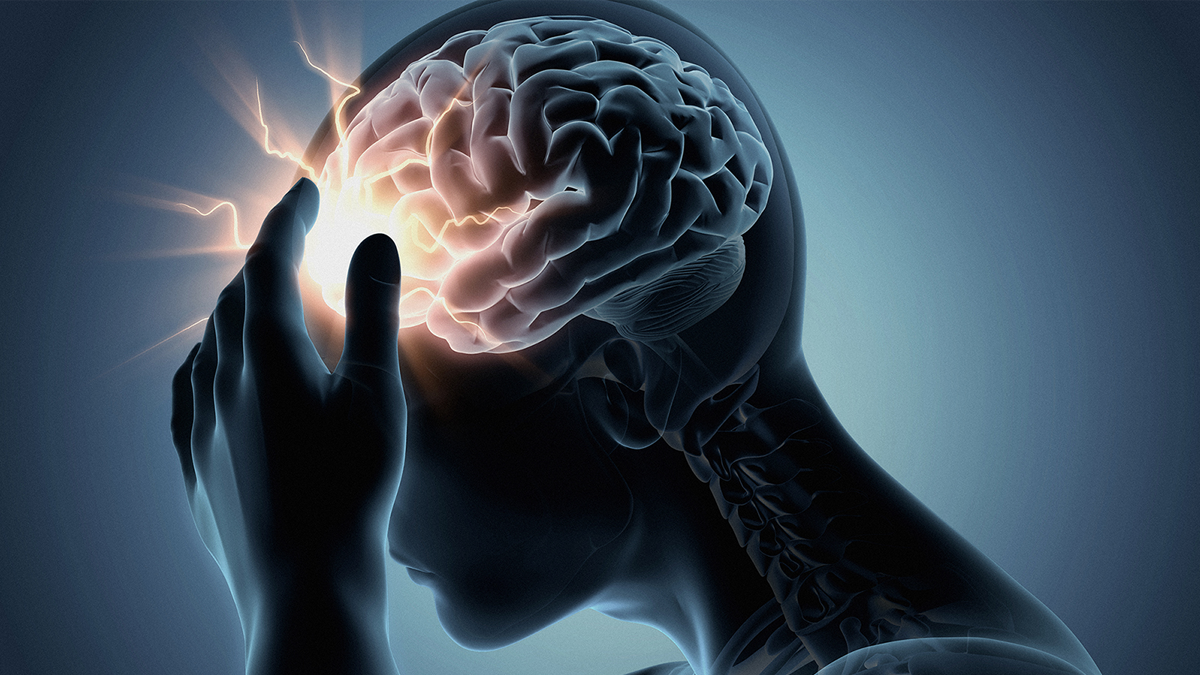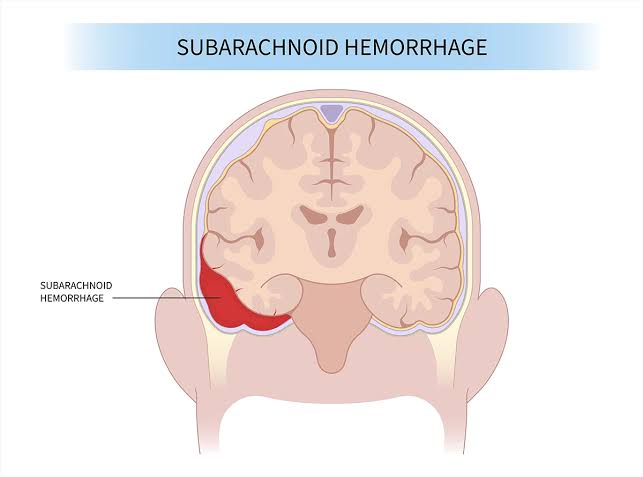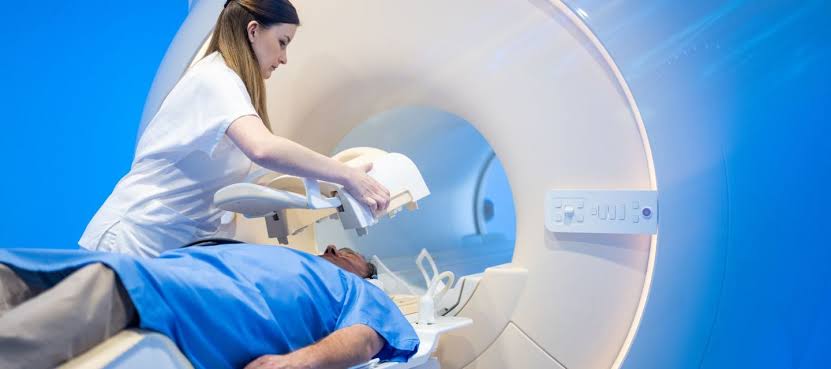
Definition of Brain Injury
A brain injury refers to any damage to the brain that disrupts its normal functioning. This can occur due to various factors, including trauma, lack of oxygen, infection, or other medical conditions. Brain injuries can be classified into two main categories: traumatic brain injuries (TBI), which result from external forces such as blows or jolts to the head, and acquired brain injuries, which occur due to internal factors like strokes or infections.
Causes of Brain Injury
- Traumatic Causes:
- Falls: One of the most common causes of TBI, particularly in older adults and young children. Falls can lead to blunt force trauma that damages brain tissue.
- Motor Vehicle Accidents: Collisions can cause significant impact forces on the head and neck, leading to TBIs.
- Sports Injuries: Contact sports such as football, hockey, and boxing pose risks for concussions and other forms of TBIs.
- Violence: Gunshot wounds or assaults can penetrate the skull and cause penetrating TBIs.
- Blast Injuries: Common in military settings, these injuries result from explosions that create shock waves affecting the brain.
- Non-Traumatic Causes:
- Stroke: A disruption in blood flow to the brain can lead to cell death and functional impairment.
- Infections: Conditions like meningitis or encephalitis can cause inflammation and damage to brain tissue.
- Hypoxia/Anoxia: Lack of oxygen due to drowning, suffocation, or cardiac arrest can severely affect brain function.
- Tumors: Growths within or near the brain can exert pressure on surrounding tissues and disrupt normal function.
- Other Factors:
- Substance Abuse: Alcohol and drug use can lead to accidents resulting in TBIs or contribute to neurological damage over time.
- Neurological Disorders: Conditions such as epilepsy may lead to seizures that could result in secondary injuries.
Biomechanics of Injury
The biomechanics of a brain injury involves understanding how forces interact with the body during an impact. When a force is applied to the head:
- Acceleration/Deceleration Forces: Rapid movements (acceleration) or sudden stops (deceleration) can cause the brain to move within the skull. This movement may lead to:
- Shearing forces that tear neural connections.
- Compression forces that crush delicate tissues.
- Impact Forces: Direct impacts from objects (e.g., a fall onto a hard surface) create localized pressure on specific areas of the skull and underlying brain tissue. The severity depends on:
- The speed and mass of the object causing impact.
- The angle at which force is applied.
- Coup-Contrecoup Injury Mechanism:
- A coup injury occurs at the site of impact where the force strikes.
- A contrecoup injury occurs on the opposite side of where the impact happened due to inertia causing the brain to collide with the inner surface of the skull.
- Rotational Forces: These occur when an object strikes at an angle, causing twisting motions within the skull that may lead to diffuse axonal injury (DAI), where nerve fibers are stretched and damaged throughout different regions of the brain.
Understanding these mechanisms helps in developing preventive measures for reducing risks associated with various activities that could lead to brain injuries.
Classification of Head Injury
Head injuries can be classified into several categories based on their nature and severity. The primary classifications include:
- Concussion: This is a mild form of head injury that results from a blow to the head, causing temporary loss of consciousness or alertness. Symptoms may last from a few minutes to several hours.
- Skull Fractures: These are breaks in the skull bone and can be further divided into:
- Linear Skull Fractures: The most common type, where there is a break in the bone without displacement.
- Depressed Skull Fractures: Involves a portion of the skull being sunken due to trauma; may require surgical intervention.
- Diastatic Skull Fractures: Occur along the suture lines in the skull, often seen in infants.
- Basilar Skull Fracture: A serious fracture at the base of the skull, often accompanied by bruising around the eyes or ears and potential cerebrospinal fluid leakage.
- Intracranial Hematoma (ICH): This involves bleeding within or around the brain and can vary in severity. Types include:
- Epidural Hematoma: Blood clot forms between the skull and dura mater, typically following a skull fracture.
- Other types of hematomas include subdural and intracerebral hematomas, which occur in different locations within the cranial cavity.
- Traumatic Brain Injury (TBI): A broader category that encompasses any injury resulting from external mechanical forces leading to brain dysfunction. TBI can range from mild (like concussions) to severe cases involving significant brain damage.
These classifications help medical professionals assess the severity of an injury and determine appropriate treatment protocols.
Assessing and Managing Traumatic Brain Injury Patients
Assessment of Traumatic Brain Injury (TBI)
The assessment of a patient with a suspected traumatic brain injury is critical for determining the severity of the injury and guiding subsequent management. The following steps are essential in the assessment process:
- Initial Evaluation:
- Glasgow Coma Scale (GCS): This scale is used to assess the level of consciousness and neurological function. It scores patients from 3 to 15 based on eye, verbal, and motor responses. A lower score indicates a more severe injury.
- History Taking: Gathering information about how the injury occurred, loss of consciousness, duration of unconsciousness, changes in alertness or coordination, and details about the force involved can provide valuable insights into the severity of the TBI.
- Physical Examination:
- Conduct a thorough neurological examination to check for signs such as pupil response, limb movement, speech coherence, and any focal neurological deficits.
- Imaging Studies:
- CT Scan: This is typically the first imaging test performed in an emergency setting to identify fractures, hemorrhages, contusions, or swelling in the brain.
- MRI: Used when symptoms persist or if there are concerns about ongoing damage after initial stabilization.
- Monitoring Intracranial Pressure (ICP):
- In cases of moderate to severe TBI where there is concern for increased ICP due to swelling or bleeding, monitoring may be necessary through invasive methods.
Management of Traumatic Brain Injury
The management strategies for TBI depend on its severity—mild, moderate, or severe—and involve both immediate care and long-term rehabilitation considerations.
- Immediate Emergency Care:
- Ensure adequate oxygenation and blood supply; maintain blood pressure.
- Prevent further head or neck injuries during transport to medical facilities.
- Medical Treatment:
- For mild TBIs: Rest and over-the-counter pain relievers may suffice. Close monitoring at home is crucial for any worsening symptoms.
- For moderate to severe TBIs:
- Medications:
- Anti-seizure drugs may be administered prophylactically during the first week post-injury.
- Diuretics can help reduce intracranial pressure by decreasing fluid accumulation.
- Coma-inducing drugs might be utilized temporarily to reduce metabolic demands on the brain during critical periods.
- Medications:
- Surgical Interventions:
- Surgery may be required if there are significant hematomas or other structural issues that need addressing to prevent further damage.
- Long-term Management:
- Rehabilitation services including physical therapy, occupational therapy, and cognitive rehabilitation should be initiated as soon as feasible based on patient stability.
- Regular follow-up appointments are necessary to monitor recovery progress and adjust treatment plans accordingly.
- Guidelines Compliance:
- Adhering to protocol-based guidelines such as those provided by the Brain Trauma Foundation ensures that care is standardized and evidence-based.
In summary, assessing TBI involves a systematic approach using tools like GCS and imaging studies while managing it requires immediate medical intervention followed by careful monitoring and rehabilitation efforts tailored to individual needs.







